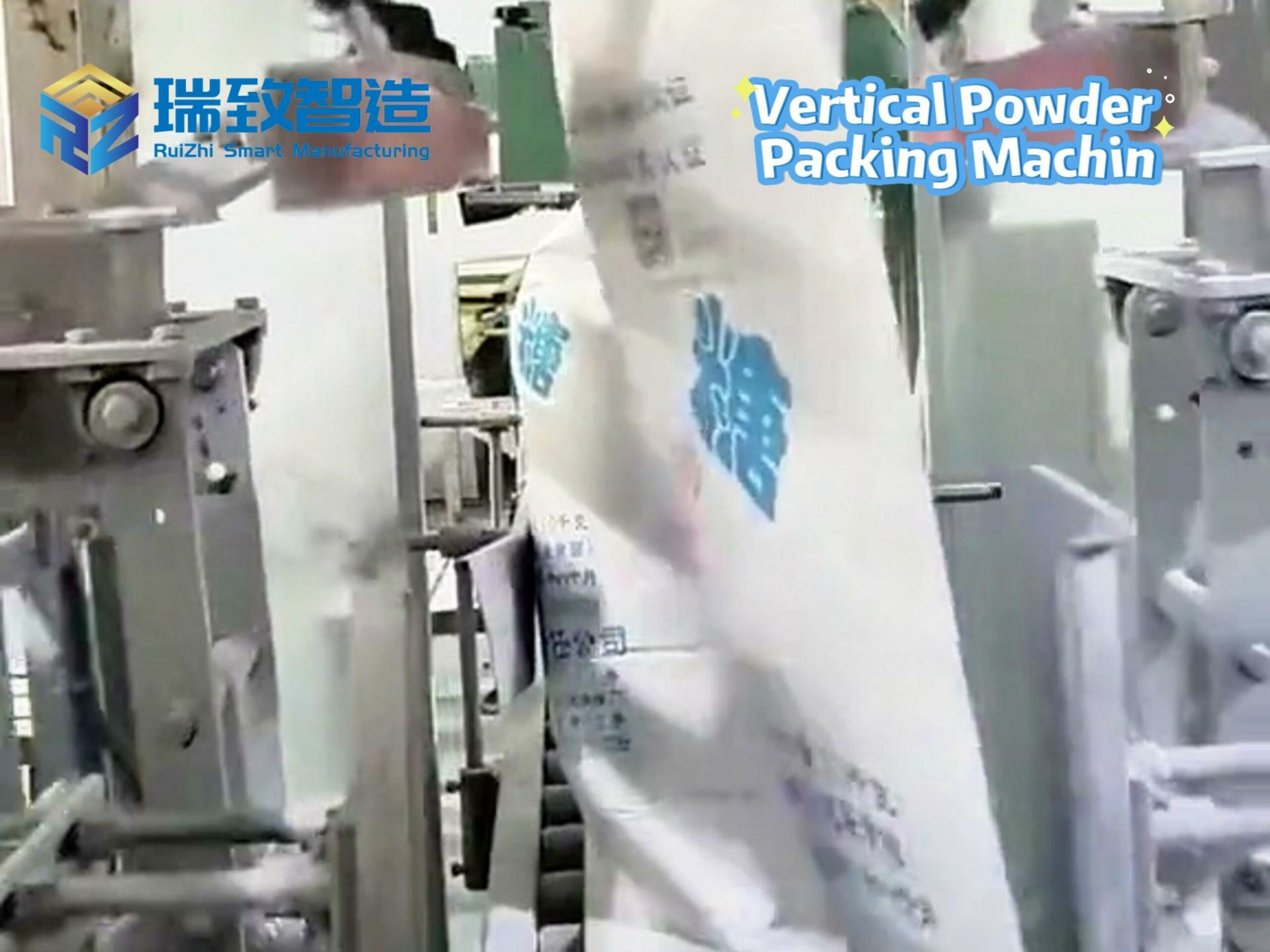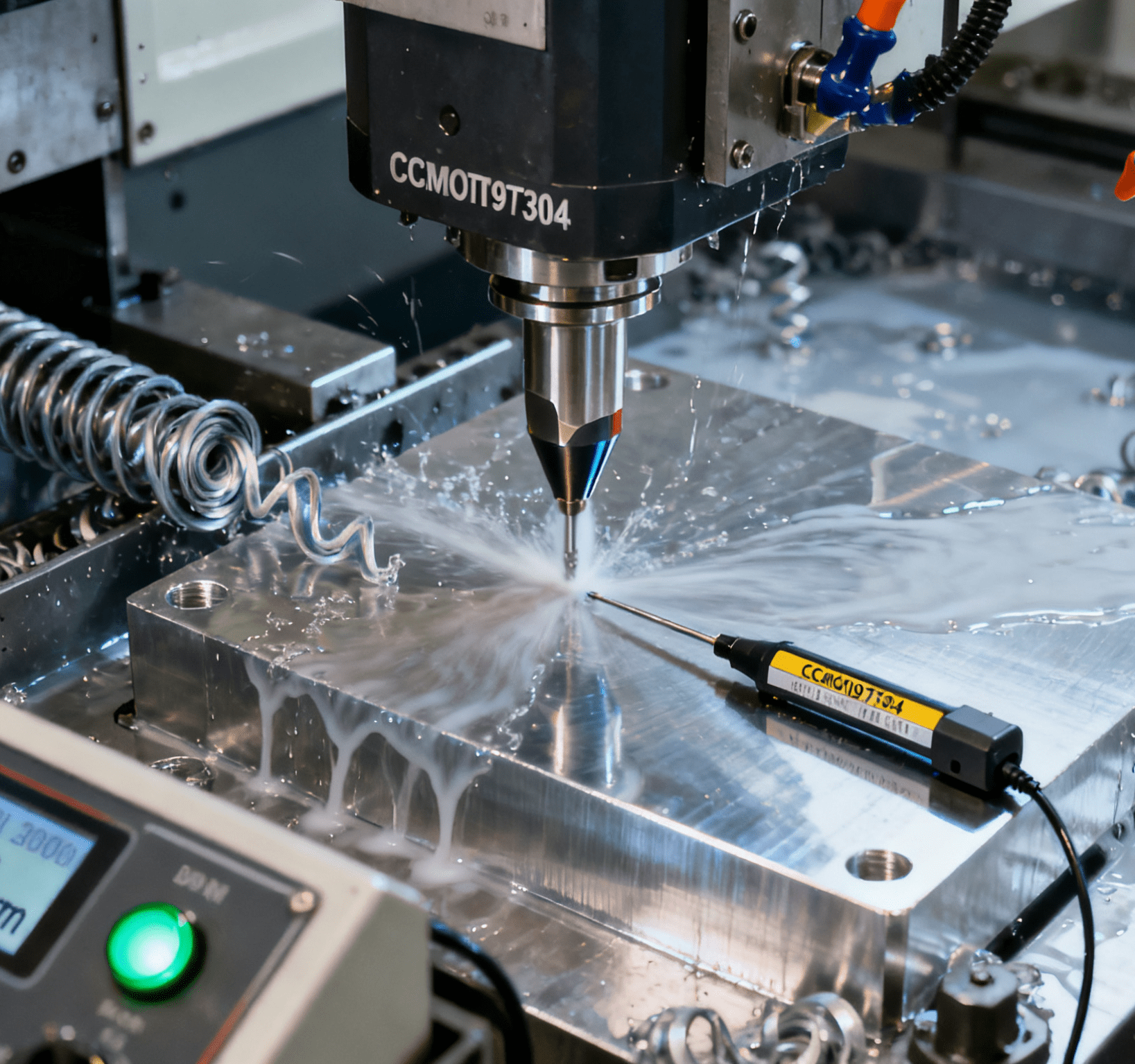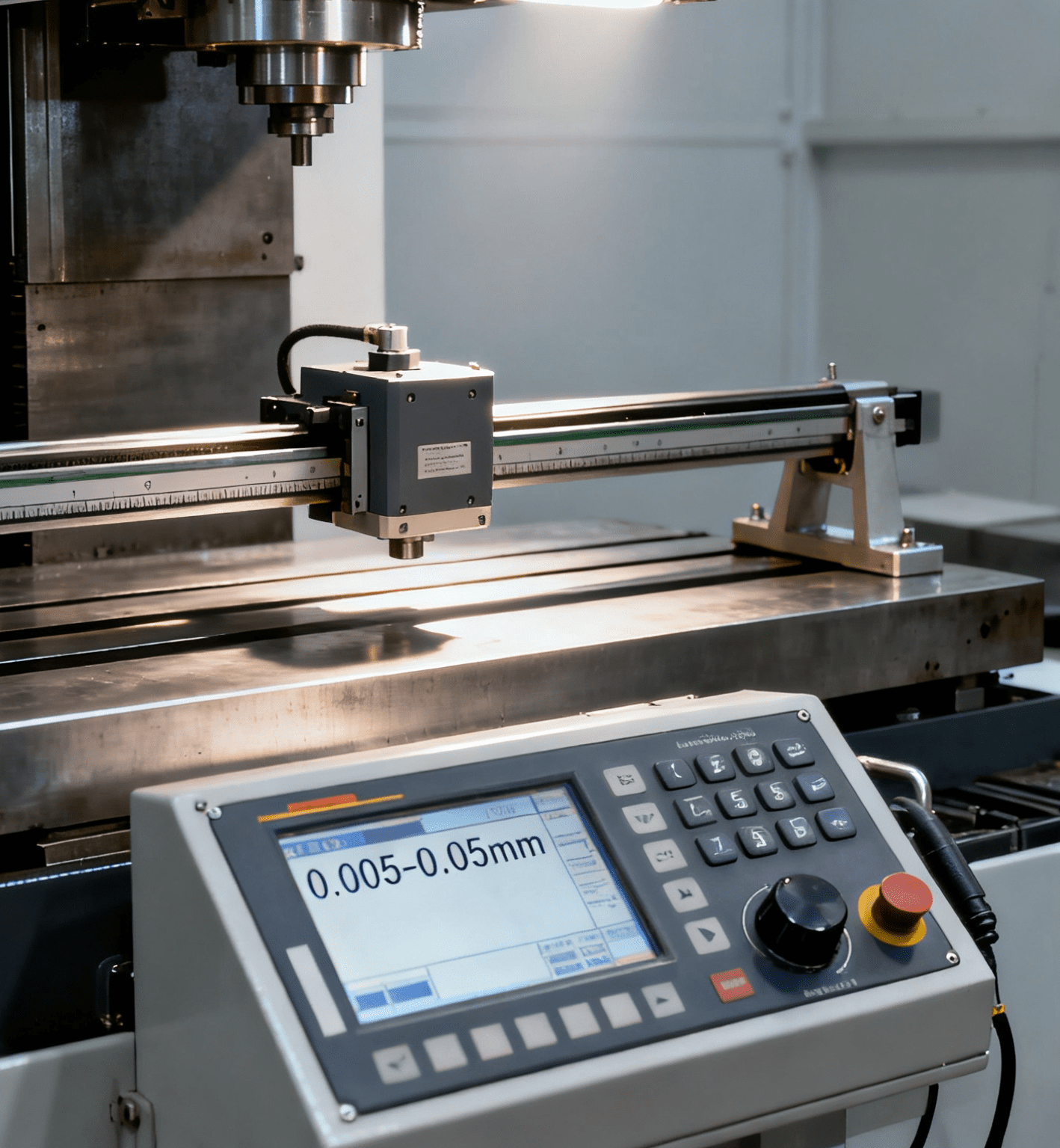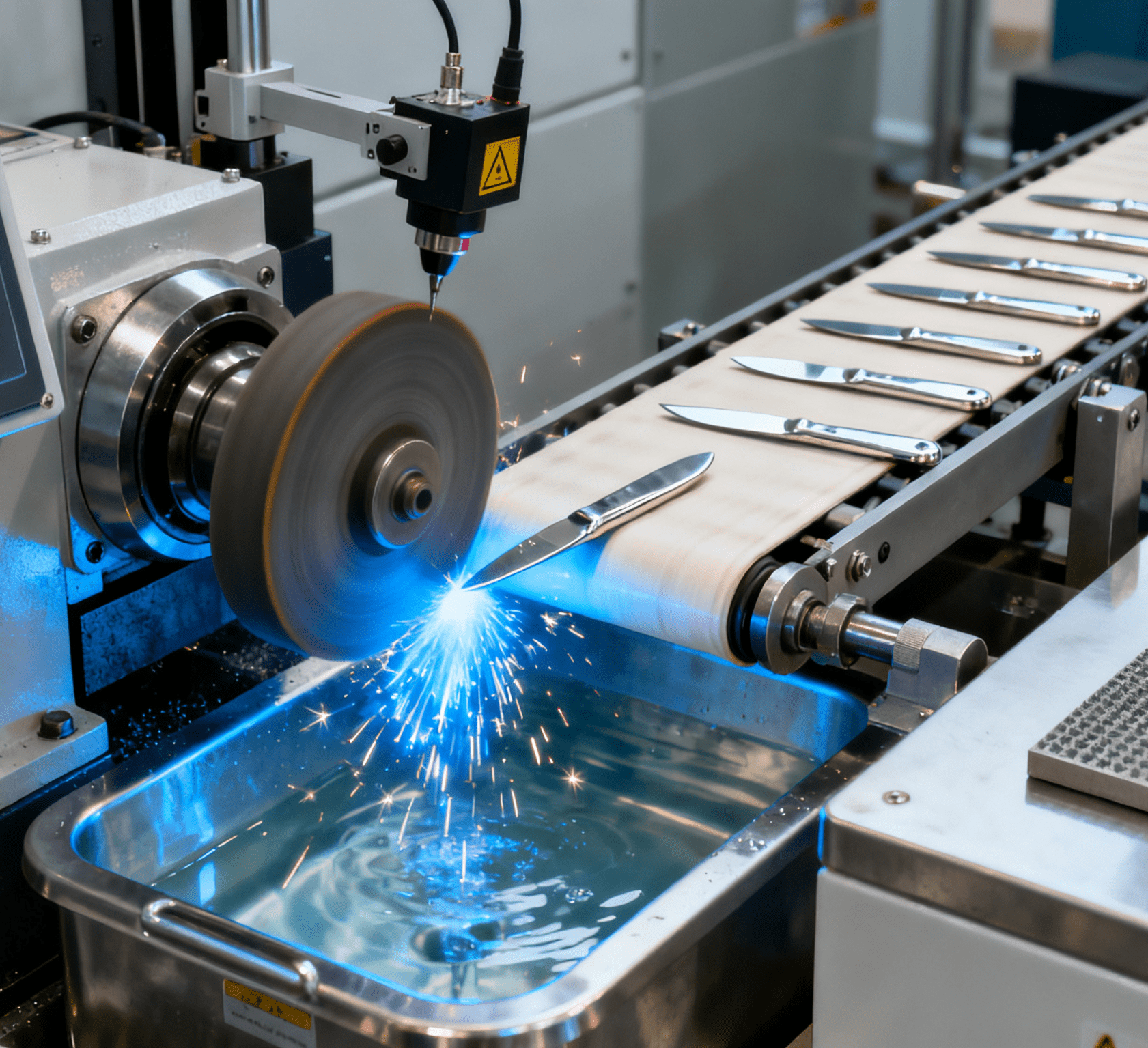Table of Contents
ToggleOn theCUBE Pod: Intelligent Automation at Scale, Nvidia’s AI Push and the Rise of Software Agents in Industrial Transformation
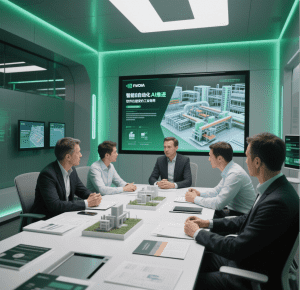
Industrial and intelligent automation are converging to become the twin engines of enterprise modernization, as artificial intelligence agents evolve from experimental tools to core components of infrastructure and software strategy. This shift is reshaping not only how businesses operate but also how industries—from manufacturing to logistics—redefine efficiency, scalability, and innovation.
More recently, tech giants such as Nvidia Corp., Salesforce Inc., Dell Technologies Inc., and Intel Corp. have accelerated this transformation through high-stakes acquisitions, platform redesigns, and hardware roadmaps built for reasoning at scale. What’s unfolding is not an incremental upgrade but a structural overhaul—where orchestration, inference, and agentic systems are redefining how modern stacks are built, scaled, and governed, according to John Furrier (pictured, left), executive analyst at theCUBE Research. He unpacked this shift in a thought-provoking discussion with Dave Vellante (right), chief analyst at theCUBE Research, where the two explored what’s next for AI infrastructure during the latest theCUBE Pod episode.
“Sovereign cloud basically is an in-country on-premise deployment or on-country cloud telco,” Furrier said. “It has a lot of similarities to on-premises. On-country means you’re in the country, like a private cloud within a hybrid ecosystem. The country itself becomes the computer. I think sovereign cloud will be the hottest market in the next two years—especially for industries prioritizing localized data control, such as industrial automation hubs and critical infrastructure.”
Intelligent Automation Reimagines the Software Stack
Intelligent automation is rewriting the software playbook, with industrial automation systems increasingly integrating AI-driven agents to streamline complex workflows. Software-as-a-service (SaaS) apps are giving way to agents that make decisions, take action, and integrate behind the scenes. Powered by retrieval-augmented generation (RAG), reasoning models, and orchestration, this shift is forcing vendors to rethink everything—just look at Salesforce’s $8B bet on Informatica, a move aimed at embedding agent-first capabilities into industrial and enterprise workflows, according to Vellante.
“I don’t think SaaS is going to go away,” Vellante said. “Agents don’t replace SaaS; they orchestrate SaaS and become the high-value layer on top. The value creation from agentic systems could be 10x—possibly 100x—the SaaS business. However, the business logic within SaaS applications remains critical. Instead, SaaS may evolve into a foundational layer of the value chain, while agents handle dynamic, real-time decision-making in industrial and enterprise contexts.”
Success hinges on executing across multiple layers—not just AI models, but data harmonization, security, compliance, and developer accessibility. For instance, Salesforce’s Trailblazer community, cultivated over two decades, could become a critical asset in deploying agents across industrial automation ecosystems, Furrier explained.
“They have to nail data integration, perfect the data cloud, and usher in this next wave of intelligence,” Furrier said. “We’re moving from RAG-powered search and reasoning to autonomous or semi-autonomous actions via multi-step agents. The end goal? Intelligence that scales exponentially. If they can build robust AI capabilities, they could become the go-to AI software cloud for industrial and enterprise automation.”
Nvidia: The Infrastructure Backbone for Industrial and Intelligent Automation
As software pivots to agents, Nvidia is solidifying its role as the AI infrastructure backbone for both intelligent and industrial automation. With inference demand exploding—Microsoft Corp. alone processed 100 trillion tokens last quarter—Nvidia’s Grace Blackwell chips and Spectrum-X networking aren’t just upgrades; they’re powering a full data center redesign built for the age of intelligent automation, according to Vellante.
“The data suggests that excluding China, Nvidia’s networking and compute upgrades more than offset revenue gaps, with gross margins and share buybacks on track,” he said. “Blackwell is already paying dividends, and the surge in inference workloads—from industrial predictive maintenance to real-time supply chain optimization—only compounds this effect. The export regime remains a wildcard, but otherwise, Nvidia’s momentum is unstoppable.”
Nvidia’s tightly integrated stack—compute, memory, and networking—powers the “AI factory”: infrastructure designed for speed, scale, and nonstop reasoning. This is a bold departure from general-purpose models and a significant challenge to rivals. Furrier noted that Nvidia’s real advantage isn’t exclusionary; it’s enabling customers to scale faster with fully integrated systems.
“The ‘moat’ might not be a barrier but an enabler,” he said. “If Nvidia can scale enablement through token-driven demand and position the data center as the core compute unit, it will seamlessly integrate with sovereign cloud architectures—critical for industrial automation players requiring localized, high-performance AI.”
The New Rules of Software, Scale, and Industrial Integration
While Nvidia leads the GPU charge, Dell and Intel are staking their claims in the intelligent and industrial automation boom. Dell’s strategy is clear: Enterprises want flexibility. With thousands of GPUs deployed in AI Factory setups, Dell is offering not just hardware but full-stack systems tailored for sovereignty and scale, Vellante explained.
“It’s about stitching together solutions for vertical industries—manufacturing, logistics, energy—through VARs and partners,” he added. “Cloud will continue to grow, but on-premises infrastructure will modernize as companies like Dell, HPE, IBM, and Oracle build out AI stacks and ecosystems. Industrial automation, in particular, will drive demand for on-prem AI due to latency, security, and real-time control requirements.”
Conclusion: A Generational Shift in Automation
Modern computing is being rebuilt from the ground up, with intelligent and industrial automation as its cornerstones. Agents are becoming operational layers in factories and enterprises, data drives split-second reasoning in supply chains, and infrastructure is now about orchestration and acceleration. This is the era of intelligent automation—and like past tech revolutions, it will reward those who embrace rapid change and rethink legacy systems, while leaving traditional approaches in the dust.
“I think we’re entering an era of urgency in careers and industries alike,” Furrier said. “AI will only accelerate this. I’ve seen smart professionals become obsolete by clinging to old tools—paper, pens, slide rules. Today, the shift is no less dramatic. Industrial and intelligent automation aren’t just trends; they’re a generational transformation. Those who lean into agent-driven systems, scalable AI infrastructure, and hybrid sovereignty will lead the next wave of industrial innovation.”
As the convergence of industrial and intelligent automation continues, the message is clear: adapt or be left behind. The future belongs to those who treat automation not as a tool but as the foundation of their modernization strategy.

